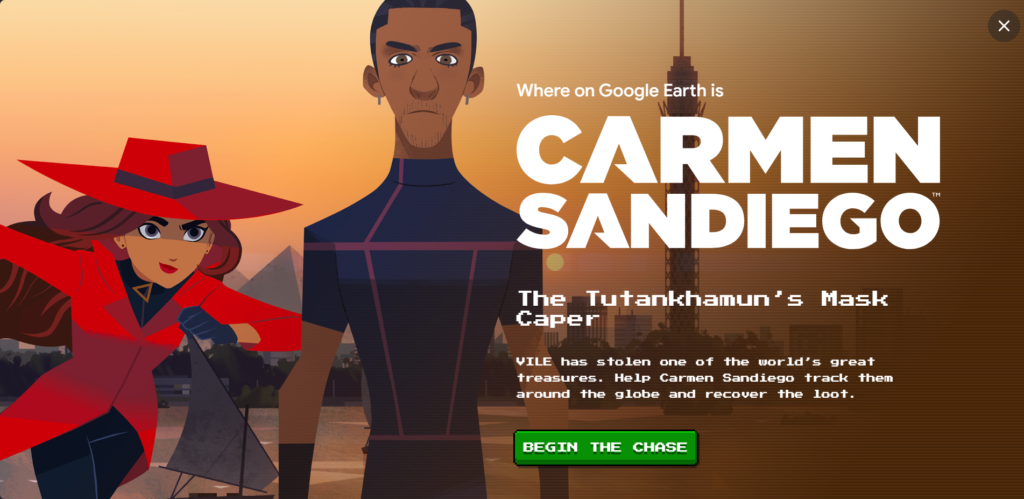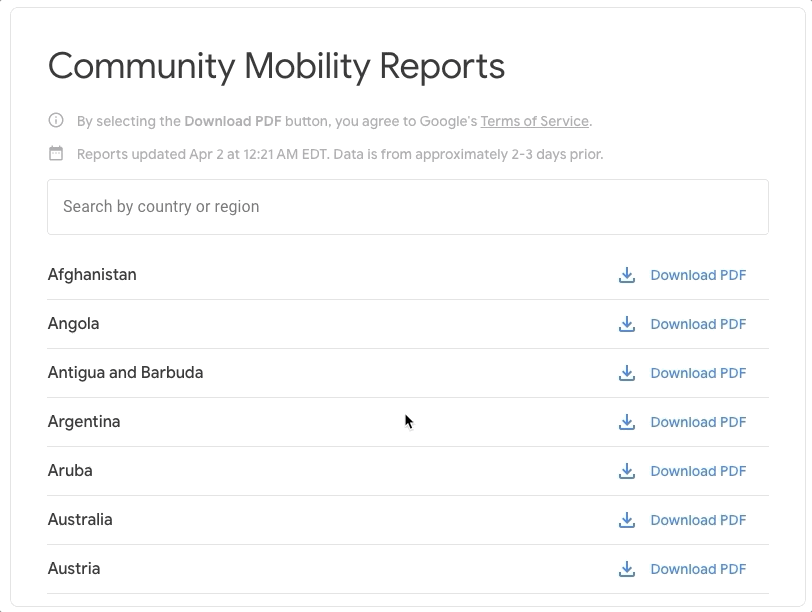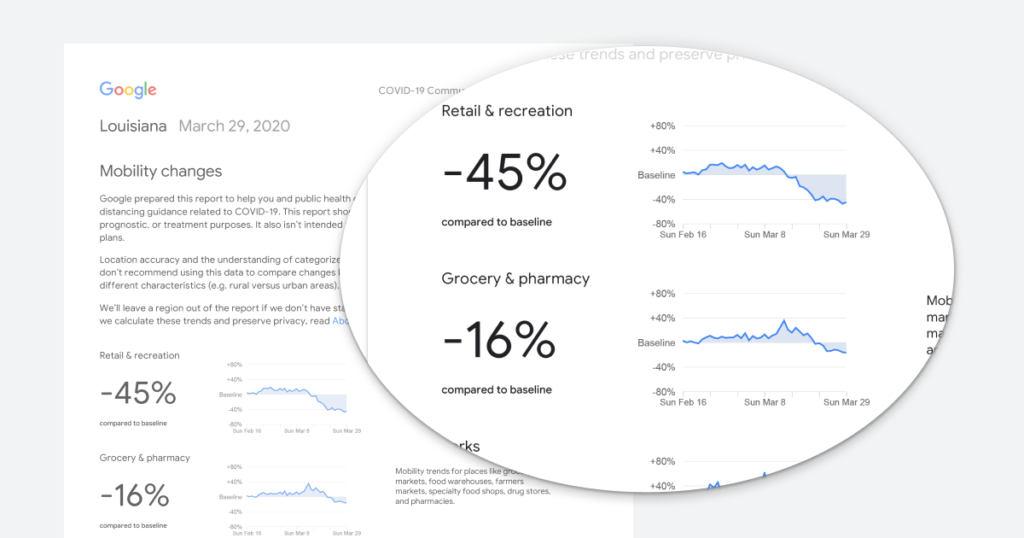
This Google Earth game will give serious déjà vu to all ’90s kids
If you’re looking to help your kids learn new things and explore the world around them, even as they shelter-in-place due to COVID-19, it may interest you to know that Google Earth picked up a classic geography-based video game to give it a fun, modern twist.
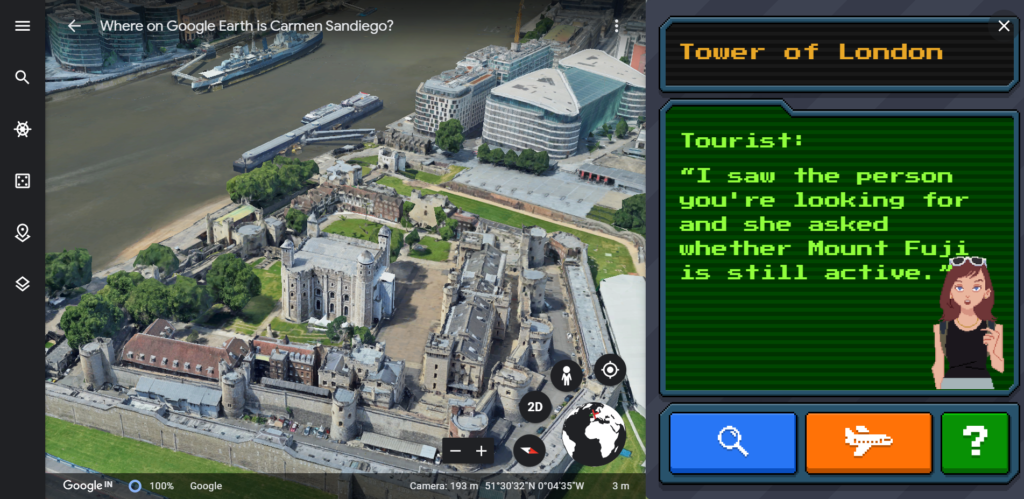
Carmen Sandiego, the iconic super thief and the star of the hit 1980s game Where in the World Is Carmen Sandiego? is back with her capers on Google Earth. Keeping the look and feel of the old-school computer graphics pretty much the same, and giving us major déjà vu in the process, the Google Earth version leverages the most gorgeous 3D visualization of world cities to provide a stunning backdrop to the game.
For children and adults alike, Where in the World Is Carmen Sandiego? was more than just fun facts. With the franchisee spanning across video games, cartoon show, and a classic game show, the globetrotting Carmen Sandiego character taught all gumshoes how much bigger the world was than their couch and got them excited to learn about new cultures and customs.
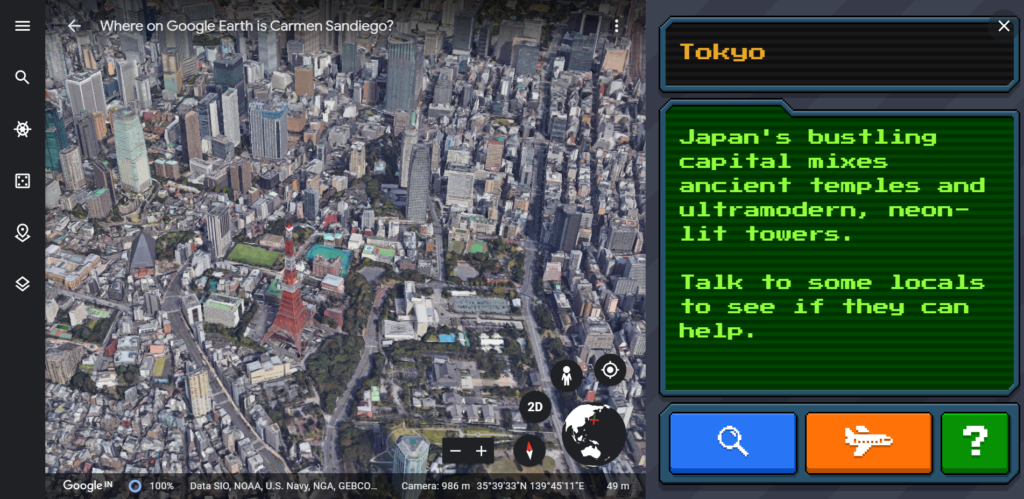
“I distinctly remember being tucked into the couch, computer on and ready for the chase. With my assignment from ACME (first stop: Paris) I traveled from Singapore to Tokyo to Kathmandu chasing VILE villains, always on the lookout for that iconic scarlet coat and fedora,” says Vanessa Schneider, Program Manager, Google Earth. “Carmen Sandiego taught me the currency of Hungary (forint), the capital of Iraq (Baghdad), and dozens of country flags — Argentina’s blue and white, Germany’s black, red and gold.” The curiosity that Vanessa developed playing Where in the World Is Carmen Sandiego? has taken here to more than 30 countries.
But with the novel coronavirus making even the best-laid travel plans go awry, the Google Earth game can surely provide some respite. There are three capers available for all the super sleuths on Google Earth for Chrome, Android, and iOS:
The Crown Jewels Caper
Tutankhamun’s Mask
Recover the Keys to the Kremlin
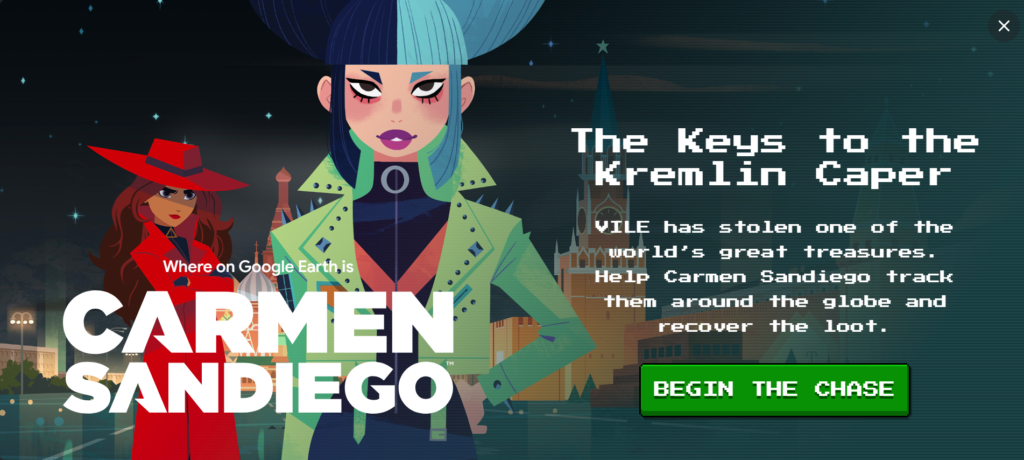
Good luck, detectives!




